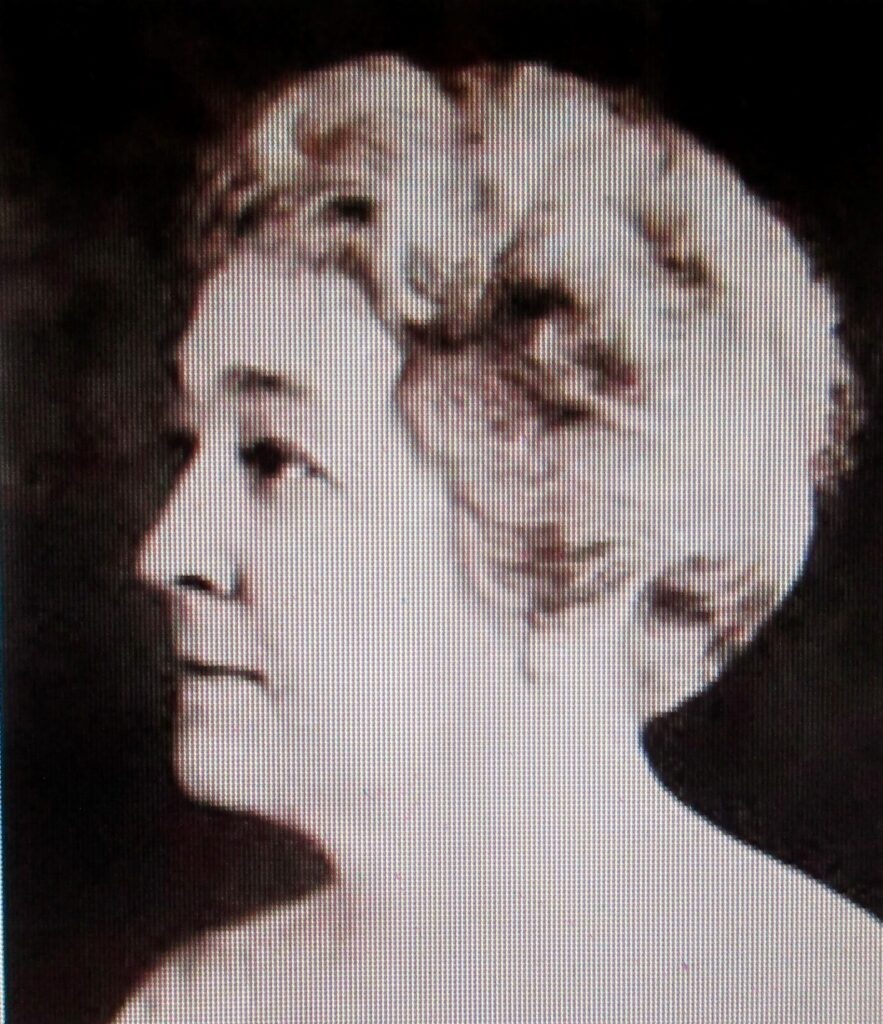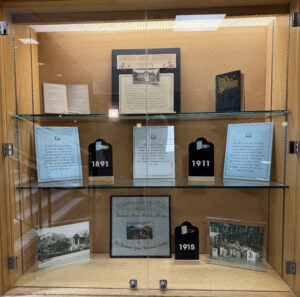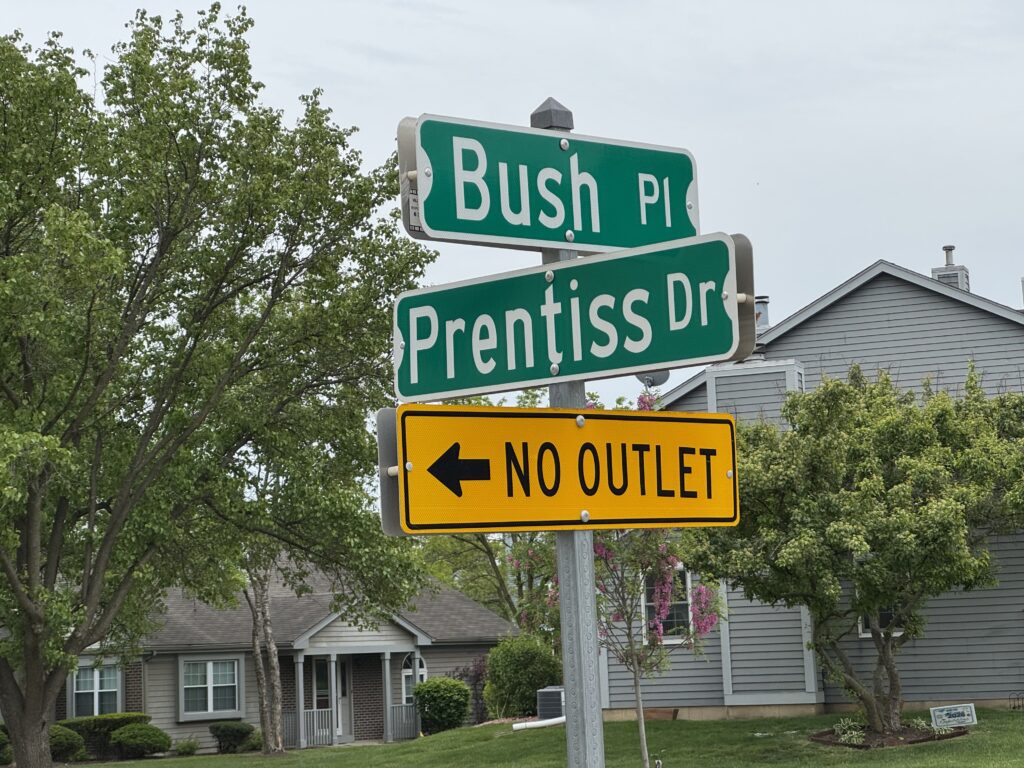Next time you buy a poppy from the American Legion think about why they are selling them and when this tradition started.
The tradition of wearing a red poppy comes from an idea by Moina Michael (1869-1944) a teacher from Athens, Georgia. During WW I she was a volunteer with the Y.M.C.A. working in New York. After reading the poem In Flanders Fields by Canadian physician John McCrae she decided to wear a red poppy as she worked. She said ”always wear a red poppy as a sign of remembrance and emblem of keeping the faith with all who died.” Soon people around her were also doing this. She decided to send letter to many organizations to ask them to wear the poppy. In 1920 the poppy became the official flower of the American Legion and by 1924 the distribution of poppies became a national program of the American Legion.Other countries also joined the tradition and monies raised went to support those wounded in the war. Moina was honored in many ways for her idea. She received a Distinguished Service Medal from the American Legion; a postage stamp was issued in her honor; and a few months after her death a Liberty Ship built in 1944 for WW II was named for her – the SS Moina Michael.
The ladies of the Woman’s Auxiliary of the American Legion of Downers Grove participated in the poppy program by adopting the red poppy as the official flower of the Downers Grove American Legion. Mrs. Almyra Hawkins (1871-1933) was the president of the Woman’s Auxiliary of the Downers Grove American Legion Post in 1921. Almyra Burk was born in Kansas and married Gaius Hawkins in 1896. They moved to Downers Grove in 1904 and raised a family of 6 children.Three of her sons fought in France during World War I. In May of 1921 Almyra arranged for artificial cloth poppies made in France to be sent to Downers Grove. They were sold and the money that was raised (about $88) was sent back to France for orphans of the war. This was the beginning of Poppy Day in Downers Grove. Mrs. Hawkins volunteered a great deal for organizations that benefited veterans and she did much to help the soldiers after the war. By 1929 the American Legion in the state of Illinois was helping about 47,000 veterans with money raised from the sale of poppies. Their work continues today.
Many stories and poems are written about the wearing of the poppy. Here is just one found in the book A Star for Mrs. Blake by April Smith.
I wear a poppy on my breast
Where a boyish head found rest.
And often when the day is done
I see again my soldier son.
He comes to me in such a way
That I can almost hear him say
Do not worry mother dear
I am coming home someday.
And when the tears unbidden start
I place a hand above my heart
To where caressed a tousled head
But only find a poppy red.







